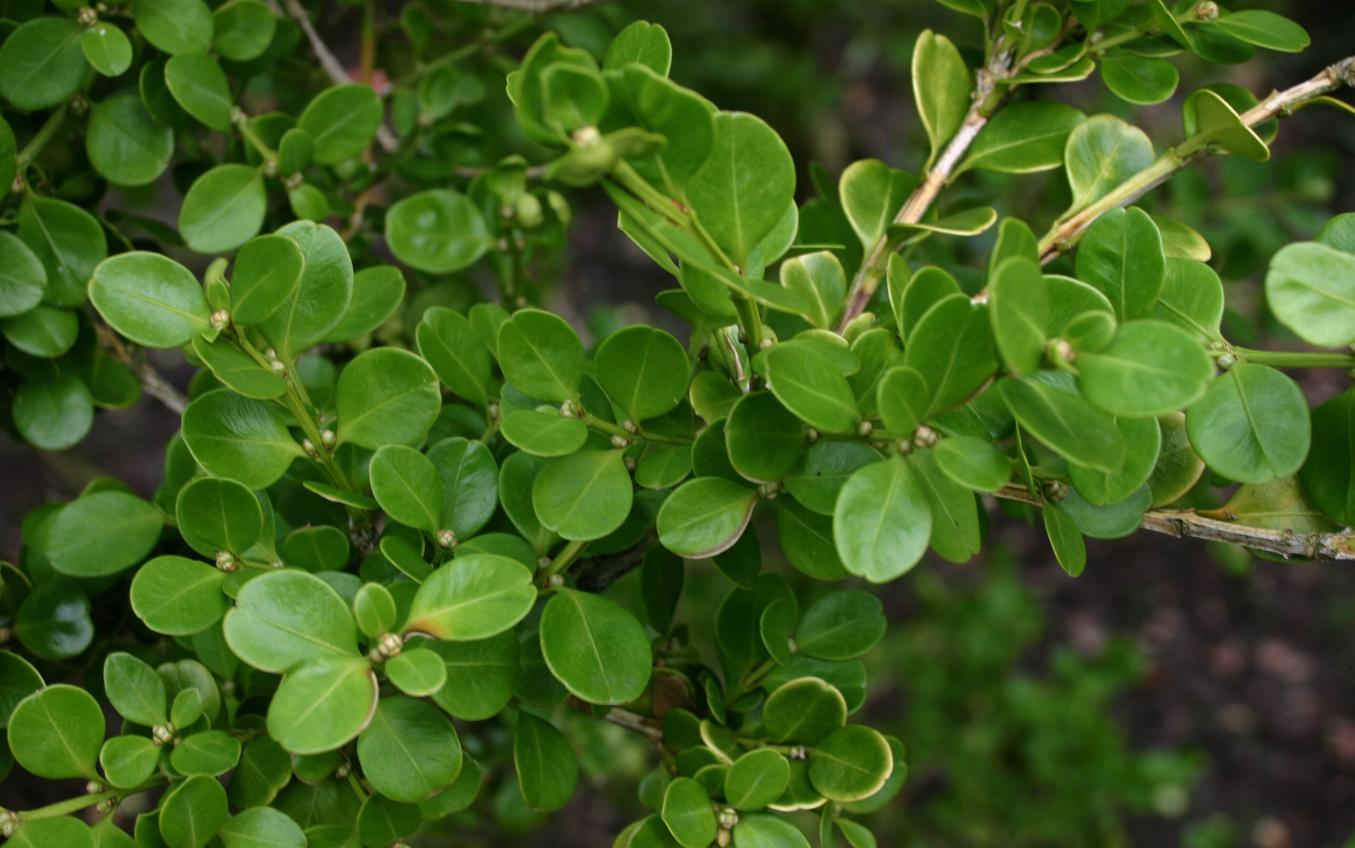
Menu for Apricot Wood California BBQ
- Street Tacos. Finished with Guacamole, Salsa Roja, Cilantro, Chopped Onion, Lime.
- Salad Station
- Own Your Salad Meat
- Burritos
- Quesadilla's
- Burger Bar. Served with one side from the Farmer's Market.
- Cheese
- Produce
- Mac Bar. Start out with a large bowl of Mac 'n Cheese. The rest is up to you.
- Produce
Full Answer
What are the uses of apricot wood?
Common Uses: Turned objects, musical instruments, carvings, and knife handles. Comments: Although Apricot is related to Cherry (Prunus genus), it tends to be heavier and harder than Cherry, and much more scarce. Sizes are very limited, so Apricot tends to be assigned primarily to smaller, more decorative purposes.
Does apricot wood dust have an odor?
Odor: No characteristic odor. Allergies/Toxicity: Besides the standard health risks associated with any type of wood dust, no further health reactions have been associated with Apricot. See the articles Wood Allergies and Toxicity and Wood Dust Safety for more information.
How much does a apricot tree weigh?
Apricot (Prunus armeniaca) Common Name (s): Apricot. Scientific Name: Prunus armeniaca. Distribution: Native to eastern Europe and Asia; planted worldwide. Tree Size: 20-40 ft (6-12 m) tall, 1-1.5 ft (.3-.4 m) trunk diameter. Average Dried Weight: 46 lbs/ft 3 (745 kg/m 3) Specific Gravity (Basic, 12% MC): .58, .74.
What is the difference between apricot and cherry trees?
Comments: Although Apricot is related to Cherry (Prunus genus), it tends to be heavier and harder than Cherry, and much more scarce. Sizes are very limited, so Apricot tends to be assigned primarily to smaller, more decorative purposes.

What is an apricot used for?
Common Uses: Turned objects, musical instruments, carvings, and knife handles. Comments: Although Apricot is related to Cherry (Prunus genus), it tends to be heavier and harder than Cherry, and much more scarce. Sizes are very limited, so Apricot tends to be assigned primarily to smaller, more decorative purposes.
What is the color of heartwood?
Color/Appearance: Heartwood is light brown, sometimes with a reddish or orangish cast. Darker brown streaks are common. Sapwood is generally thin, and is slightly paler than heartwood. Grain/Texture: Fine even texture with moderate natural luster.
Does apricot glue have a strong odor?
Apricot glues, turns, and finishes well. Odor: No characteristic odor. Allergies/Toxicity: Besides the standard health risks associated with any type of wood dust, no further health reactions have been associated with Apricot. See the articles Wood Allergies and Toxicity and Wood Dust Safety for more information.
Is apricot lumber available?
Pricing/Availability: Not commercially available in lumber form due to very small tree sizes, Apricot is most commonly seen among hobbyists and other small specialty woodworkers and related retailers. Most commonly sold in turning blanks or other small sections. Prices are likely to be high for a domestic wood.
